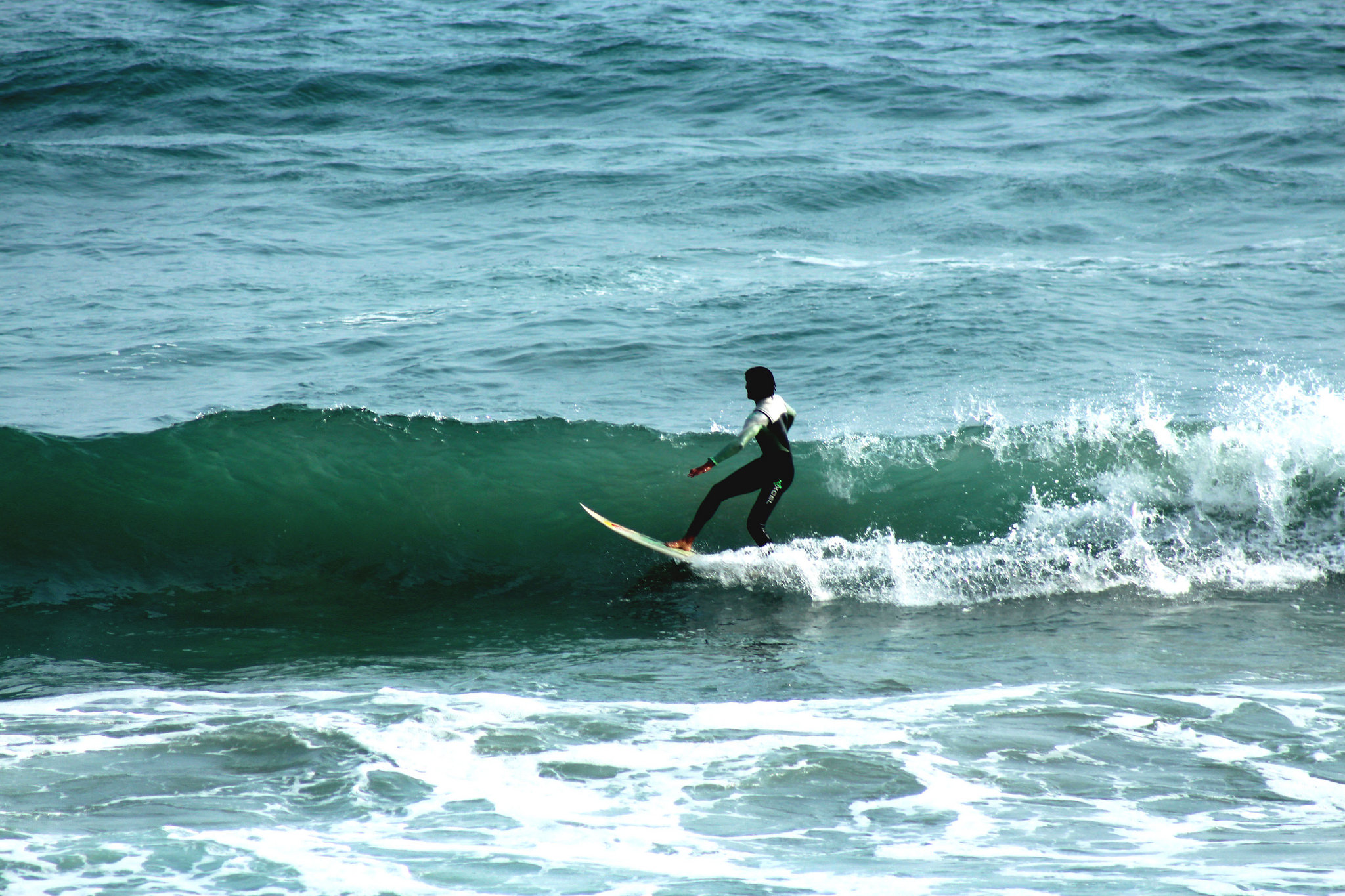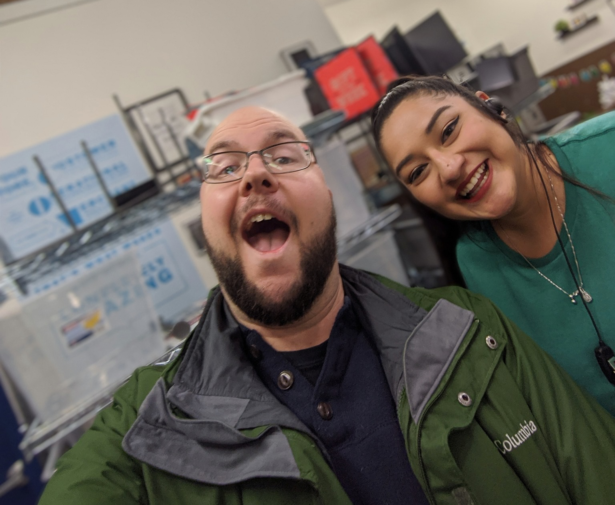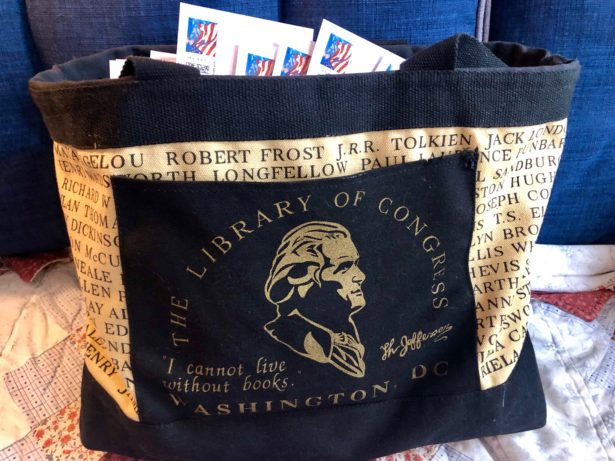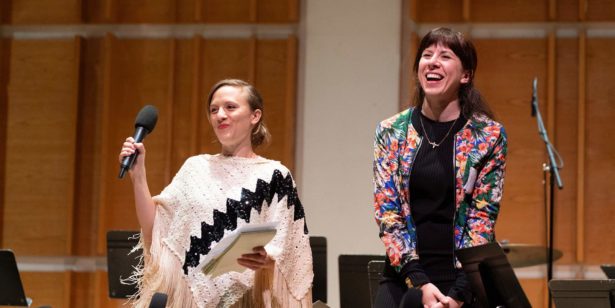
Surf’s Up In Peru For Kids In Need
A gap year brings a chance to do good and “trade” cultures
As part of a year off between finishing high school and starting at Evergreen State College in Washington, Yomi Origunwa did some traveling. He spent some time working on a farm in Washington State, and then headed for Peru. His older sister, who was taking a year off between her sophomore and junior years of college, was spending ten months in South America, and had been volunteering with a group called Casa Generacion, helping street kids from Lima. Origunwa—who had been working at a Chipotle restaurants after his stint on the farm—decided to join her. “Chipotle was actually one of the worst work experiences I ever had,” he recalls. “Not that Chipotle did anything wrong, it was a nice work environment. I just can’t do that kind of work.”
So Origunwa found himself in South America, helping street kids in Peru. “The organization provides housing [and other services] for children who can’t live in their homes for various reasons,” Origunwa said. “Either their parents can’t take care of them or they have some sort of condition. Everyone has their own reasons. There are a lot of sad stories. It was started in the center of Lima 30 years ago, they had a building where they would house children. Now they have houses and facilities all over Peru.”
“I had not mentally prepared myself for the fact that this is a different people, a different culture. What they believe is different from what I believe.”
The house Origunwa worked at was located in San Bartolo, an hour or so south of Lima, near Punta Hermosa, which boasts one of the best surf breaks in Peru. “Most of the town doesn’t have paved roads, only the main street is paved,” Origunwa told Good Turns recently. “The Generacion house there is right on the beach. The kids go to school, they come home, go surfing, go to a skate park. My work there was just to facilitate all that, taking kids to school, picking them up, taking them to the beach, to the park, skating with them. Just being a positive example wherever possible.”
“It’s a pretty relaxed town, San Bartolo,” Origunwa says. Seventeen kids lived in the house where Origunwa worked, ranging in age from five to 18. “The organization was really just giving the kids a way more stable and positive environment than they would have lived in in the crazy streets in the center of Lima. It’s not a really super safe or fun place. San Bartolo is so much better than the center of Lima, so much cleaner, the beach is right there.”
Many of the surf instructors who work the local beaches are former residents of Generacion houses, Origunwa reports, and some of the kids there now do apprenticeships as instructors. “Going to the beaches is a huge part of their life, finding agency that way,” he says.
Helping street kids get a sense of agency has had a similar effect on Origunwa himself. Volunteering in South America “was just a chance turn of events,” he says. “It really ended up working out very nicely. I can definitely see myself doing this more in the future. It was empowering to know that using my support network, my family, I can really go anywhere. My Spanish was minimal when I left, and I learned all the Spanish I needed to know while I was there. I had not mentally prepared myself for the fact that this is a different people, a different culture, different values. What they believe is different from what I believe. Part of it was really figuring out where I stand, and figuring out why I went down there, and figuring it out as I was down there. It wasn’t to go and save there people, or educate them and show them what an American life is like, or impose my values, my culture. It was to absorb a bit of their culture, and for them to see mine a well. To do a bit of a trade, rather than coming and imposing.”
Far from imposing, Origunwa served as an ambassador for one of the best and most important parts of American culture: the willingness to reach out and lend a helping hand to those in need, an international good turn of the finest kind.
(Photo courtesy of Flickr user Al Tassano)
Posted July 31, 2018





